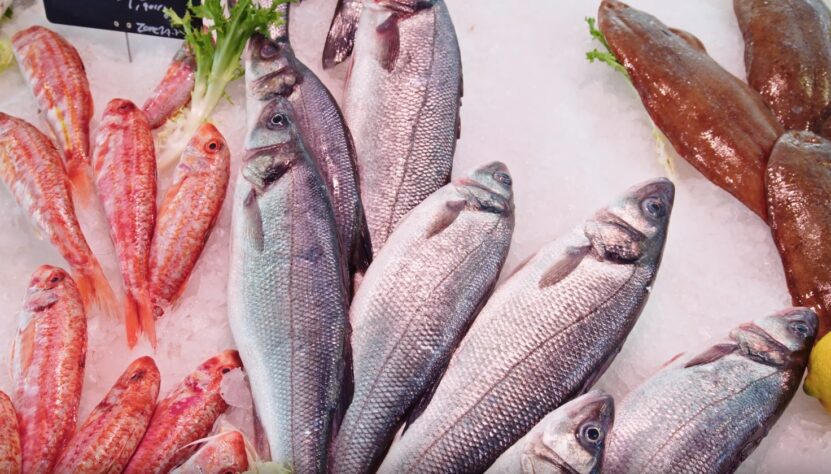Eating raw seafood and fish is popular around the world, but it’s important to know which types are safe to eat this way. Today we’ll focus on providing clear and practical information about the best choices for raw consumption.
We’ll cover various seafood and fish that are typically safe, along with tips on handling and preparation. Therefore, if you’ve been wondering which sushi, and sashimi, or just curious about trying raw fish at home, this guide will help you make informed and safe choices.
Before you focus on the rest of the article, do you know the proper way to freeze prawns? Cooked or fresh.
Fish and Seafood You Can Eat Raw
1. Salmon

A favorite in sushi and sashimi, salmon is praised for its rich, buttery flavor and smooth texture. However, wild salmon can carry parasites, making proper freezing a necessity. Farmed salmon, often bred in controlled environments, may have a lower risk, but freezing is still advised as a precaution.
2. Tuna
Tuna, especially varieties like Yellowfin and Bluefin, is a staple in raw seafood cuisine, valued for its firm texture and bold flavor. Its migratory nature and diet reduce the risk of parasites.
However, it’s important to be aware of mercury levels, particularly in larger species like the Bluefin.
3. Farmed Bass
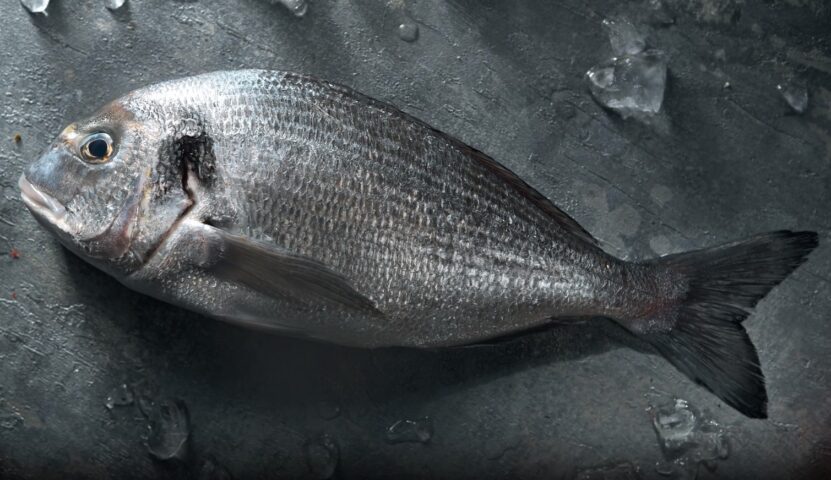
Farmed sea bass, a mild-flavored and versatile fish, is often considered safe for raw consumption due to controlled breeding conditions that minimize parasite risks. It’s a popular choice in Mediterranean-style raw dishes but should still undergo proper freezing procedures.
4. Halibut
Halibut, with its firm, white flesh, is a sought-after choice for sashimi lovers. It should be frozen to eliminate parasites and is best enjoyed when it’s extremely fresh, highlighting its subtly sweet, clean taste.
5. Scallops
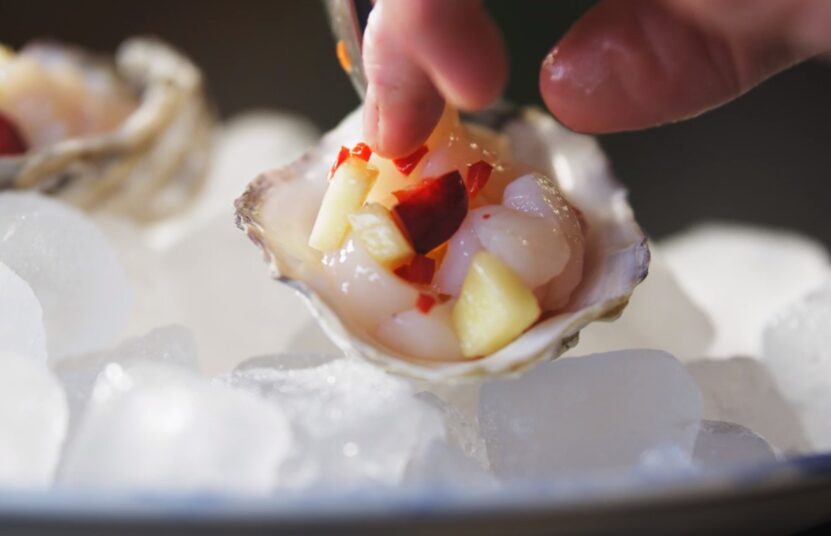
Scallops, known for their sweet and tender meat, are often eaten raw. They should be shucked and consumed shortly after to maintain their delicate flavor. It’s crucial to source scallops from clean, uncontaminated waters to avoid potential health risks.
6. Shrimp
While less common, certain shrimp varieties can be enjoyed raw. Sweet shrimp (amaebi) is a delicacy in sushi. They should be consumed immediately after being killed to prevent bacterial growth, as shrimp decompose rapidly after death.
7. Oysters

Raw oysters are a delicacy enjoyed worldwide. They are filter feeders, so it’s crucial they come from clean, unpolluted waters. Oysters should be eaten soon after shucking, and their taste varies greatly depending on their environment.
Safety Tips
1. Freshness is Key
Freshness isn’t just a quality indicator; it’s a safety measure. Raw seafood must be exceptionally fresh to reduce the risk of bacterial growth and spoilage. This means purchasing from trusted sources, ideally those specializing in products intended for raw consumption.
Look for clear eyes in fish, a firm texture, and a fresh, not fishy, smell.
2. Freezing is Crucial
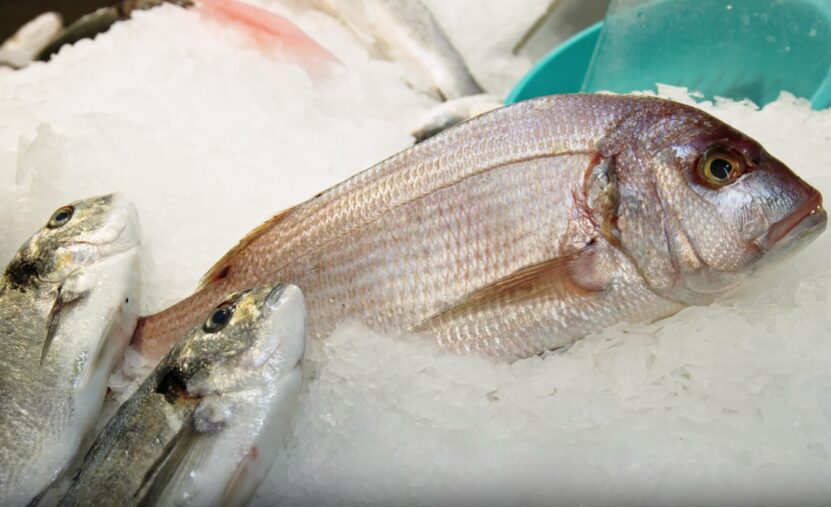
Most people aren’t aware that freezing fish is not just about preservation but also about safety. Parasites present in many fish types are effectively killed during the freezing process.
Regulations in places like the United States and European Union mandate freezing fish at -20°C (-4°F) for seven days or at -35°C (-31°F) for 15 hours before it’s served raw.
3. Hygiene Practices
Impeccable hygiene practices are vital when handling raw seafood. This includes everything from the cleanliness of the cutting board and utensils to the hands of the person preparing the meal.
Cross-contamination with cooked food should be avoided to prevent the spread of bacteria.
What to Avoid
While many seafood items are safe, some carry higher risks:
1. Freshwater Fish
Freshwater fish, such as trout and bass, are often more prone to parasites than marine fish. It’s generally advised to avoid consuming freshwater fish raw unless it’s been treated according to strict safety standards.
2. Predatory Fish
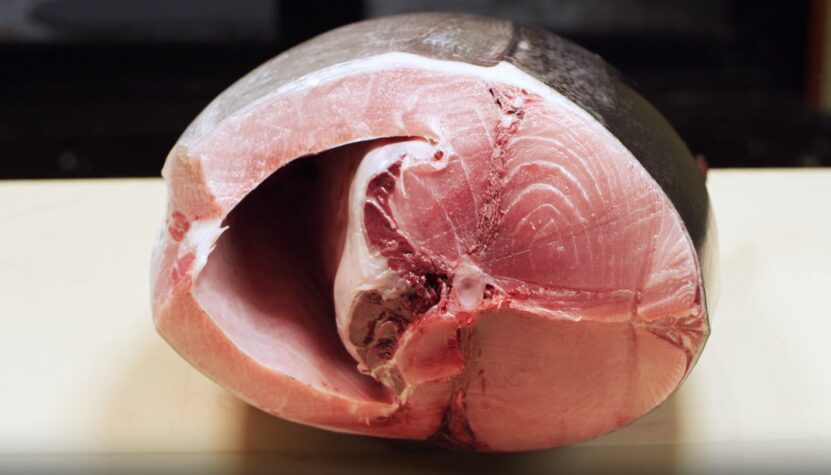
Large predatory fish like swordfish and sharks can accumulate higher levels of mercury and other toxins due to their diet and lifespan. These should be consumed in moderation and with caution when raw.
3. Shellfish from Uncertain Sources
Shellfish, such as mussels and clams, from polluted waters can contain harmful toxins and bacteria. Always ensure shellfish are sourced from reputable, uncontaminated environments.
Seafood that Must be Cooked
When it comes to seafood, certain types must be cooked to ensure they are safe to eat. Cooking seafood properly kills harmful bacteria and parasites, reducing the risk of foodborne illnesses:
1. Shellfish (Mollusks)
Clams, Mussels, and Oysters: While some shellfish like oysters are often eaten raw, it’s safer to cook them, especially for those with compromised immune systems or for pregnant women. Cooking kills harmful bacteria and viruses that can be present in raw shellfish.
2. Crustaceans
Shrimp, Lobster, and Crab: These popular seafood items must be cooked thoroughly. Raw crustaceans can harbor harmful bacteria and viruses. Cooking not only makes them safe but also enhances their flavor and texture.
3. Freshwater Fish
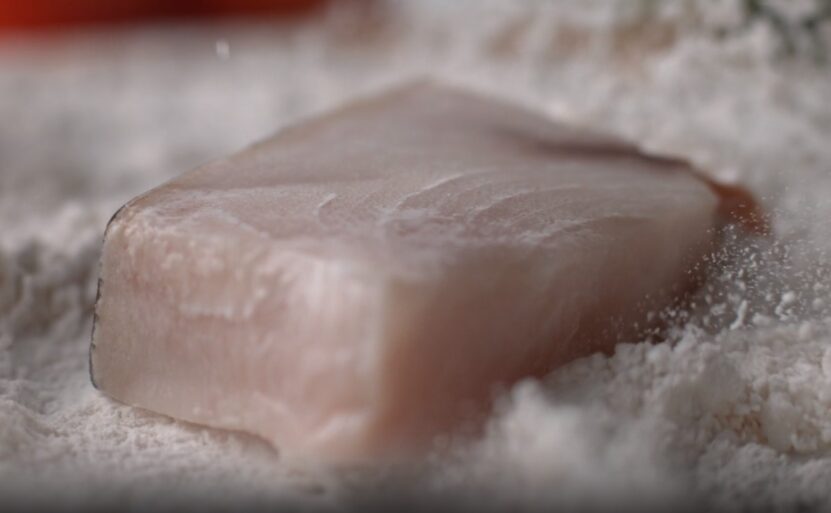
Trout, Catfish, and Carp: Freshwater species are more likely to contain harmful parasites and bacteria. Cooking these fish thoroughly ensures that any potential risks are eliminated.
4. Predatory Fish
Swordfish, Shark, and Marlin: These large species can contain higher levels of mercury and other toxins. Cooking doesn’t eliminate these toxins but can kill parasites and bacteria. It’s also advisable to consume these fish in moderation due to their mercury content.
5. Eel
Unagi and Anago: Eels are typically served cooked in dishes like unagi (freshwater eel) and anago (saltwater eel) sushi. Cooking is necessary as eels can harbor harmful parasites and bacteria.
6. Cephalopods
Squid and Octopus: While some cultures eat certain types of cephalopods raw, it is generally safer to consume them cooked. Cooking ensures any bacteria or parasites are destroyed.
FAQs
Can I eat raw fish during pregnancy?
It’s generally advised to avoid raw fish during pregnancy due to the risk of parasites and bacteria like Listeria, which can harm the developing fetus. Pregnant women should consult their healthcare provider for personalized advice.
How can I tell if a piece of fish is fresh enough to eat raw?
To determine the freshness of fish for raw consumption, check for a mild sea smell (it shouldn’t be overly fishy), clear and bright eyes (not cloudy), firm flesh that springs back when pressed, and bright, moist skin. Gills should be red or pink, not brown or gray.
Is it safe to eat raw fish that I’ve caught myself?
This carries risks, especially if you’re unsure about the water quality and fish species. Such fish may require specific parasite destruction methods like deep freezing. It’s recommended to consult local fishing regulations and possibly a food safety expert.
Can vegan “fish” products be eaten raw?
Vegan alternatives, made from plant-based ingredients, can usually be eaten without cooking, as they don’t pose the same risks as raw animal seafood. However, it’s best to follow the manufacturer’s preparation guidelines for the best flavor and texture.
How long can I keep raw fish in the fridge before it becomes unsafe to eat?
Raw fish should ideally be eaten within 1-2 days of purchase when stored in the refrigerator at or below 4°C (39°F). Beyond this, the risk of bacterial growth increases, making the fish unsafe for raw consumption.
Summary
With the right knowledge and precautions, you can safely enjoy these exquisite offerings. The key to a pleasurable and safe raw seafood experience lies in selecting the right varieties, adhering to safety protocols, and respecting the origins of your food.
So, be careful and enjoy. Bon Appétit!
